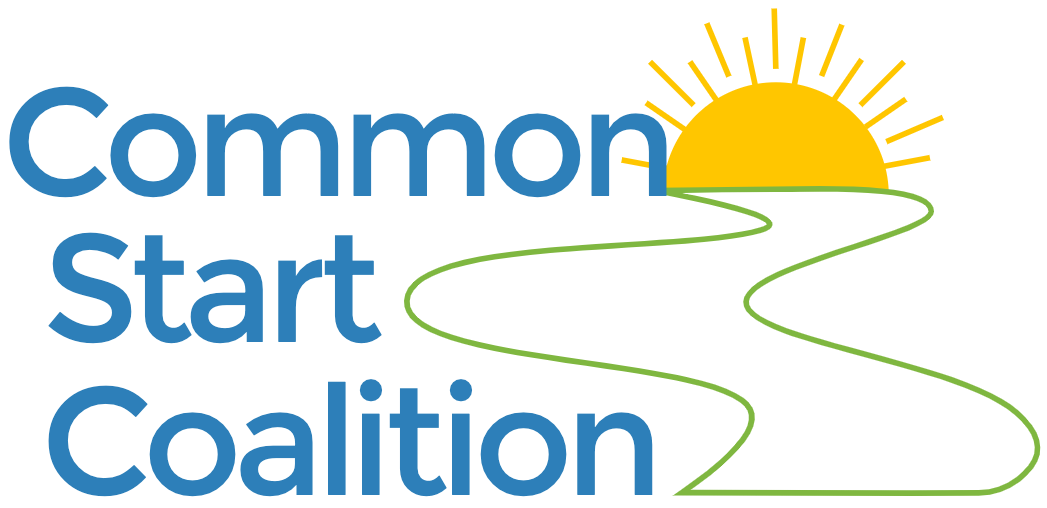Cleo B. - Parent
When Cleo found out she was pregnant, she was still in college, finishing her first degree. She was taking full-time online courses and working at the same time—pushing through the challenges of pregnancy while trying to stay on top of school and work. It was overwhelming, but Cleo kept going.
At the time, she had no idea how the childcare system worked. “It was like exploring a whole new world,” she recalled. “I had to figure out, what does it even mean to be a mother? What do I need to learn?” It wasn’t until a friend told her, “You need to start looking for daycare and fill out papers,” that she realized how much planning was involved. Her friend had submitted daycare paperwork while still pregnant, but Cleo hadn’t even started.
When she finally applied, she was told there was a long waiting list. She thought maybe, with time, it would move—but it didn’t. Despite working full-time and going to school, she remained stuck in limbo. Her baby was born, and while she bonded with her child during maternity leave, the uncertainty around child care was worrisome.
She and her partner applied to Little People’s College for child care, but the cost was staggering: over $300 per week. “I just thought, ‘Wow, we can’t afford this,’” she said. “That’s when we really started feeling the struggle of parenthood—being new parents, finding daycare, trying to return to work. It was a lot.”
Though her partner offered support by working more so she could work less, Cleo longed for independence. “I wanted the freedom to be able to put my child in daycare, work, and provide for myself. But I didn’t have that.”
The waiting list dragged on. The $300-a-week price tag was out of reach. And Cleo began to realize how broken the system felt. “We had to live in survival mode and that’s not okay,” she said. “Parents should be able to live a stable life, afford child care, pursue dreams, and have a normal life. You shouldn’t have to be rich to live a life where everything is okay.”
Eventually, they turned to babysitters, which was the most affordable option for them. But that came with its own set of challenges. “It was a whole other process to worry about,” Cleo said. Many sitters weren’t trained, didn’t follow any curriculum, and weren’t reliable. Her daughter was passed from one home to another. “I had one week of peace. Then, the next week there was a problem. One sitter didn’t want to do it anymore. Another raised her rates mid-month.”
These weren’t isolated issues. Cleo noted that in her culture, many families rely on unlicensed home-based care out of necessity. It’s often the only affordable option, even if it lacks the structure or stability that professional child care can offer. “We should have more options,” she said. “Everywhere we turned, there was another wall.”
Cleo believes that this struggle is something too many mothers face, and it’s time for change. “It’s like a taboo that needs to be broken. Mothers play such an important role. We’re the ones in labor, we’re the ones carrying, we’re the ones giving birth, and we are bringing new generations into this world.”
